Robotics
Exercise Physical
Improve Reaction and Logical Thinking
Build Self-Confidence
Learn in Play
—— A strong team of teachers with solid robot programming background and professional practical experience. ——
—— Rich curriculum design, meticulous teaching division and perfect standardized teaching process ——
—— A fun learning environment where to improve skills and cultivate kids’ interest in robot programming. ——
—— Participation in official competitions, improve the enthusiasm of students and increase competition experience. ——
For Kids Age 9+ with Virtual Robotics Toolkit
Robotics Course
- FOUR levels, 16 classes per level -
Wall Follower

Line Follower
16 classes per level
Level 1
Color Line Follower
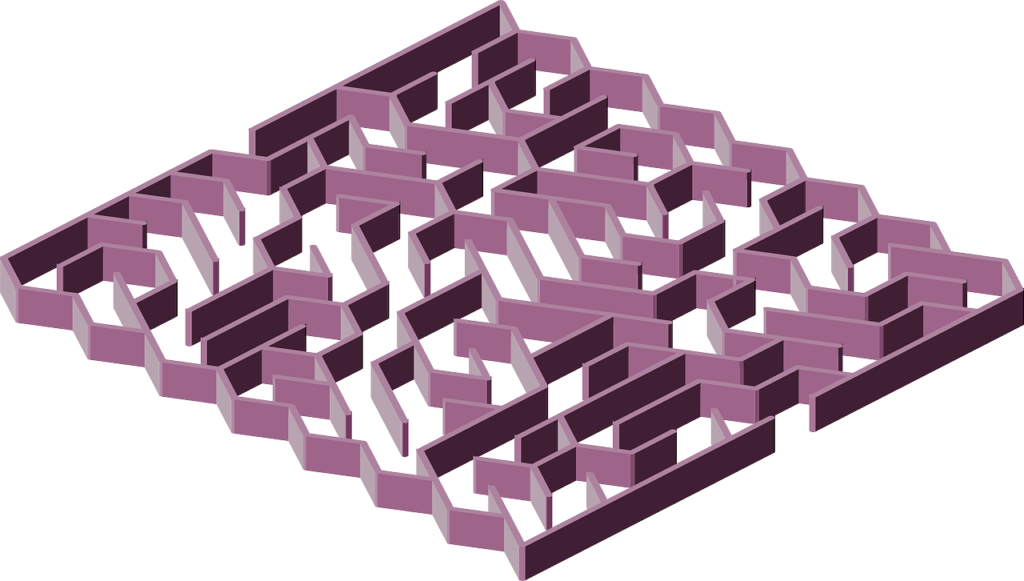
Maze Runner
Robot Vacuum

Robot Uber
16 classes per level
Level 2
Robot Cleaner
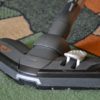
Robot Soccer
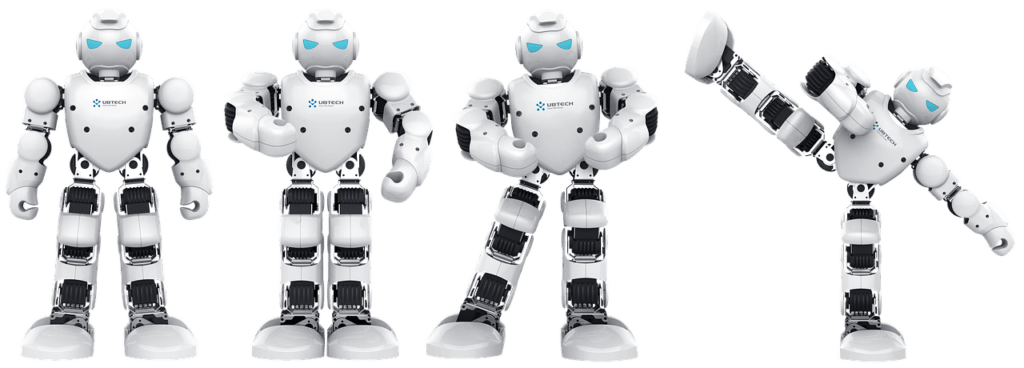
Sumo Wrestling
Robot Sorter
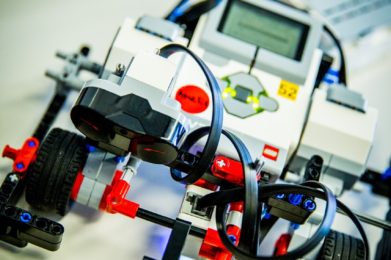
Multiplayer sweep
16 classes per level
Level 3
Pearl Diving
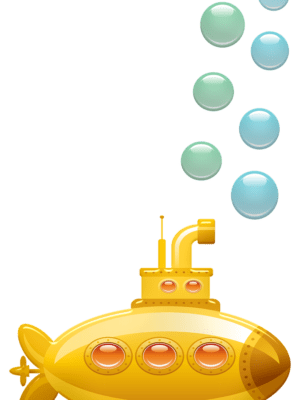
City Energy

Custom Mats

16 classes per level
Level 4
Mountaineering

About Robotics
Robotics is an interdisciplinary branch of engineering and science that includes mechanical engineering, electronic engineering, information engineering, computer science, and others. Robotics deals with the design, construction, operation, and use of robots, as well as computer systems for their control, sensory feedback, and information processing.
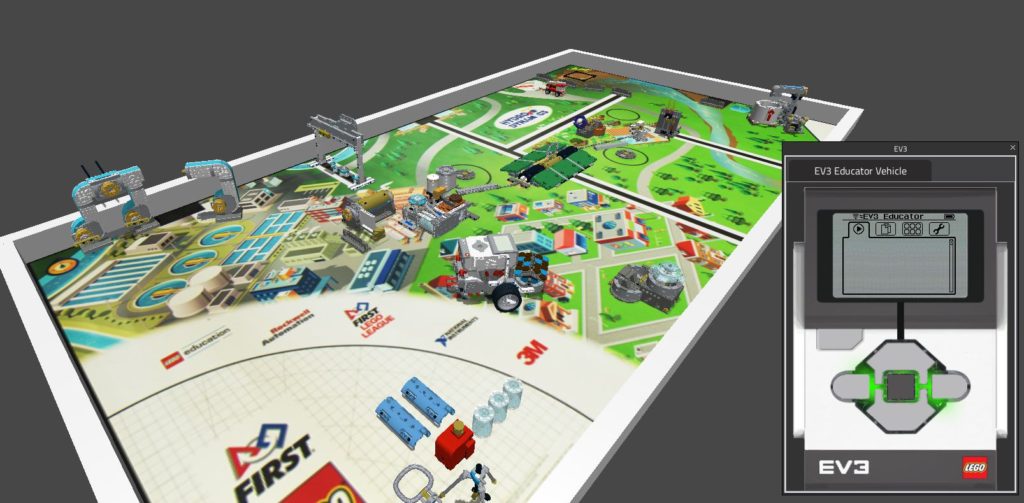
Build
Identify the problem and learn more about it. Try your best to create an innovative solution by building the Basic or Educator Vehicle EV3 Robot, including sensor attachments and third motor assembly. Share the innovation in the community!
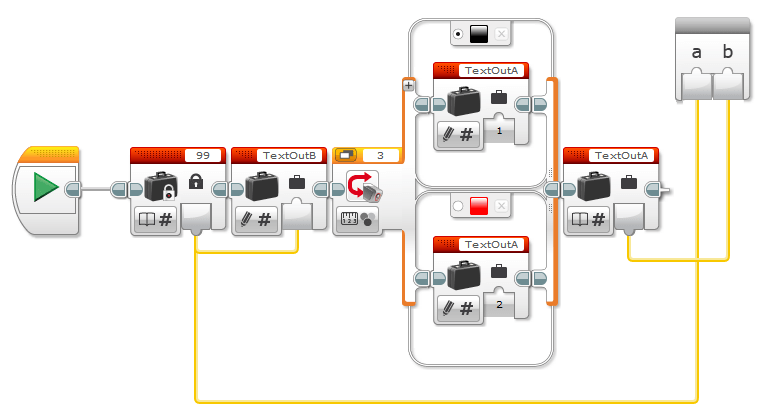
Program
Either the Lego Mindstorms NXT-G or the RoboLab programming environment supports the RCX controllers. Each programming language is graphical in nature allowing you to drag and manipulate motors and sensors to a workspace and link them together in a logical fashion before they are downloaded to your robot.
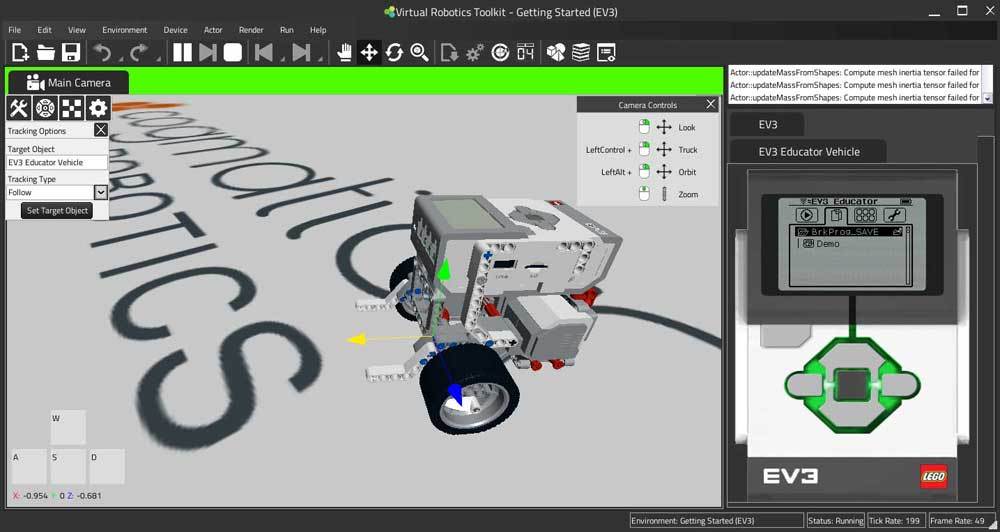
Simulate
A simulator will help to import your own 3D LEGO models made with any CAD software based on the LDraw framework standard. This means that you can use the official LEGO Digital Designer tool or alternatives such as MLCAD to build robots or other assemblies and then seamlessly import them and test their functionality.
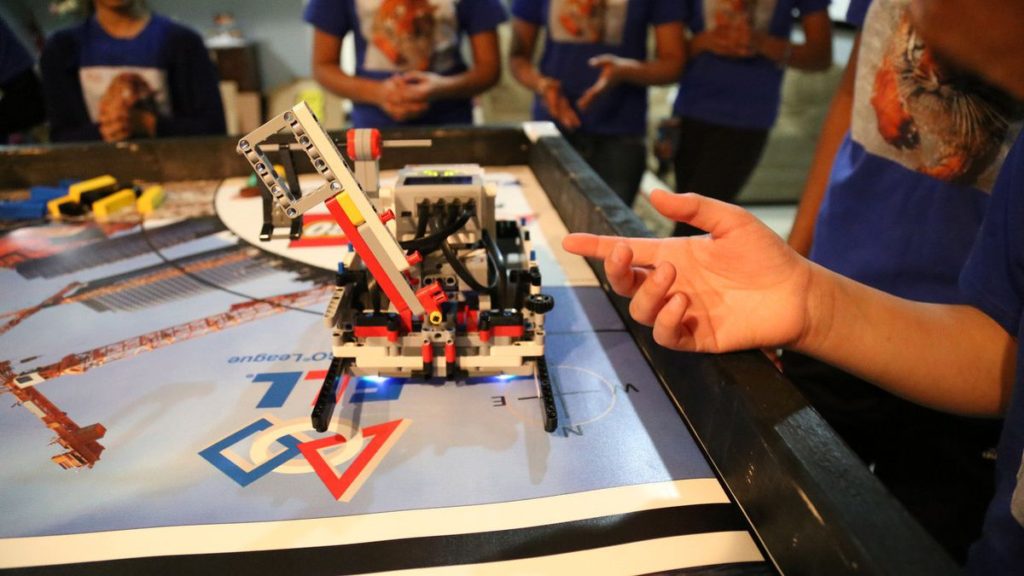
Analyze
Figure out the issue about data, theories, and a number of sensors including Ultrasonic, Color Touch, Infrared and more, to get them blend well with each other. Test the structure of different parts for the model and summarize its features, its pros and cons.
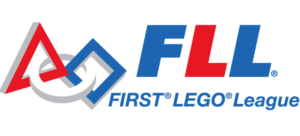
With over 25,000 teams in 80 countries, FIRST® LEGO® League (FLL) is one of the largest robotics competitions. Every year, a new challenge is revealed that encourages you to build and program your own LEGO® robots to achieve maximum points in minimal time. Virtual Robotics Toolkit has simulated virtual FLL challenges from 2016 in it.
Each year in August, FIRST LEGO League Challenge teams are introduced to a scientific and real-world challenge for teams to focus and research on.The robotics part of the competition involves designing and programming LEGO Mindstorms robots to complete tasks. The students work out a solution to a problem related to the theme (changes every year) and then meet for regional, national and international tournaments to compete, share their knowledge, compare ideas, and display their robots.
FIRST® Robotics Competition (FRC) leaves students with a sense of accomplishment and the understanding that they can do anything with their collective skills, leadership and confidence, and that their experience with FIRST will positively impact their future.
FIRST Robotics Competition has a unique culture that is built around two values. “Gracious Professionalism” embraces the competition inherent in the program, but rejects trash talk and chest-thumping, instead embracing empathy and respect for other teams. “Coopertition” emphasizes that teams can cooperate and compete at the same time. The goal of the program is to inspire students to be science and technology leaders.

